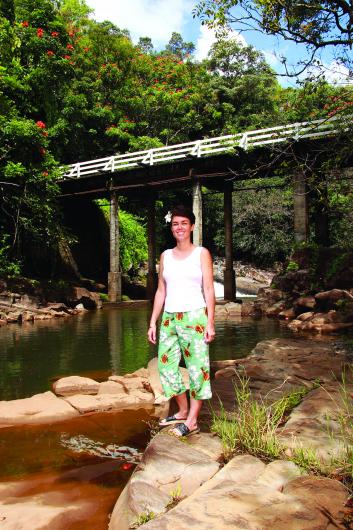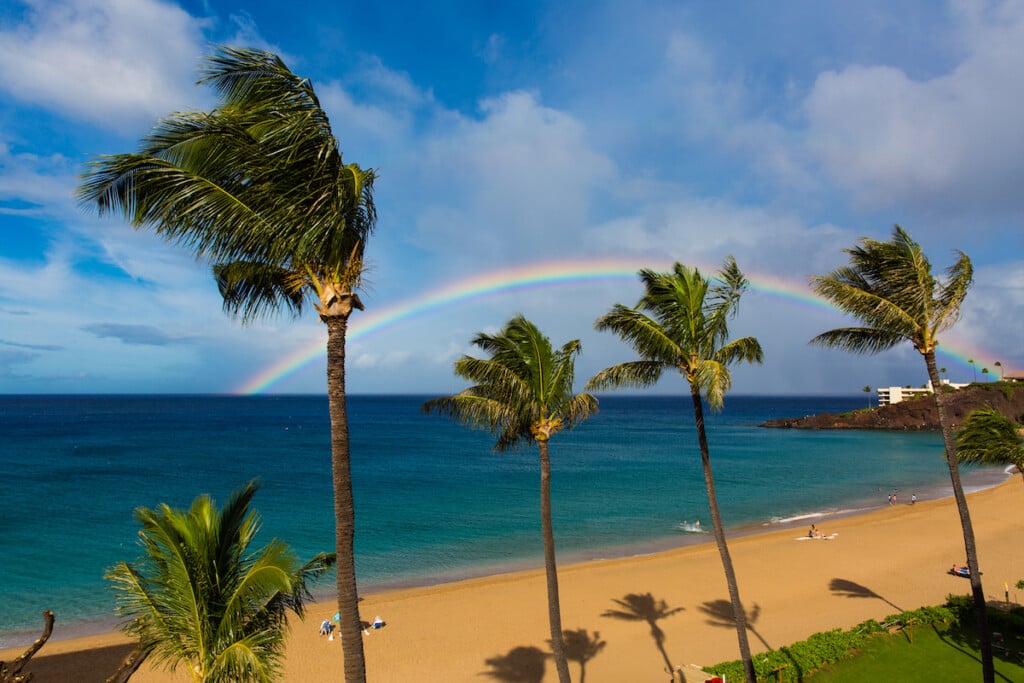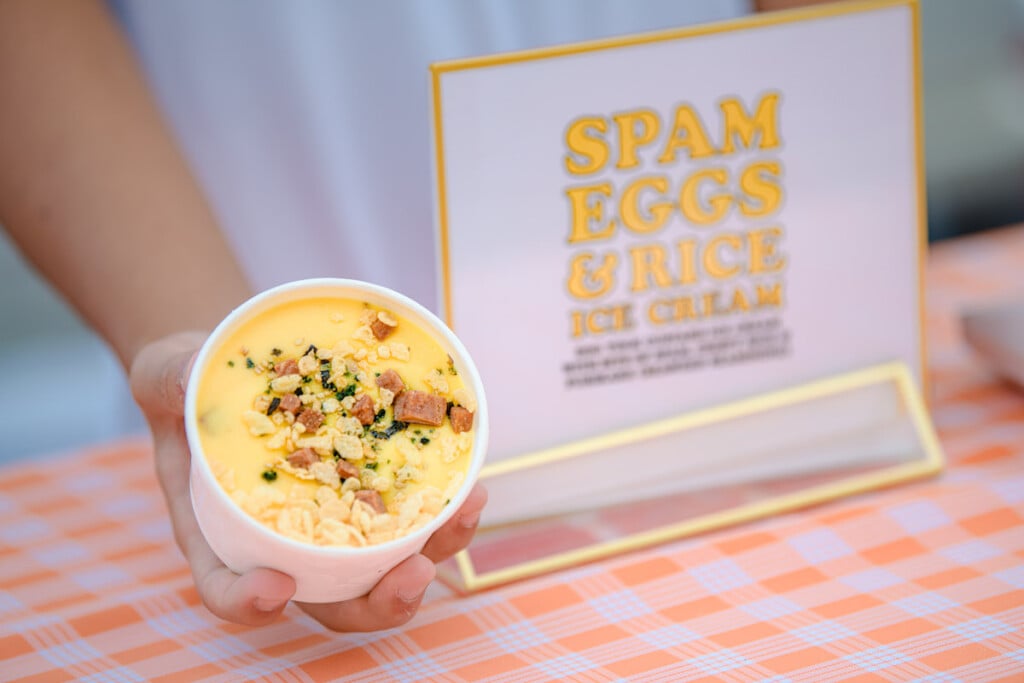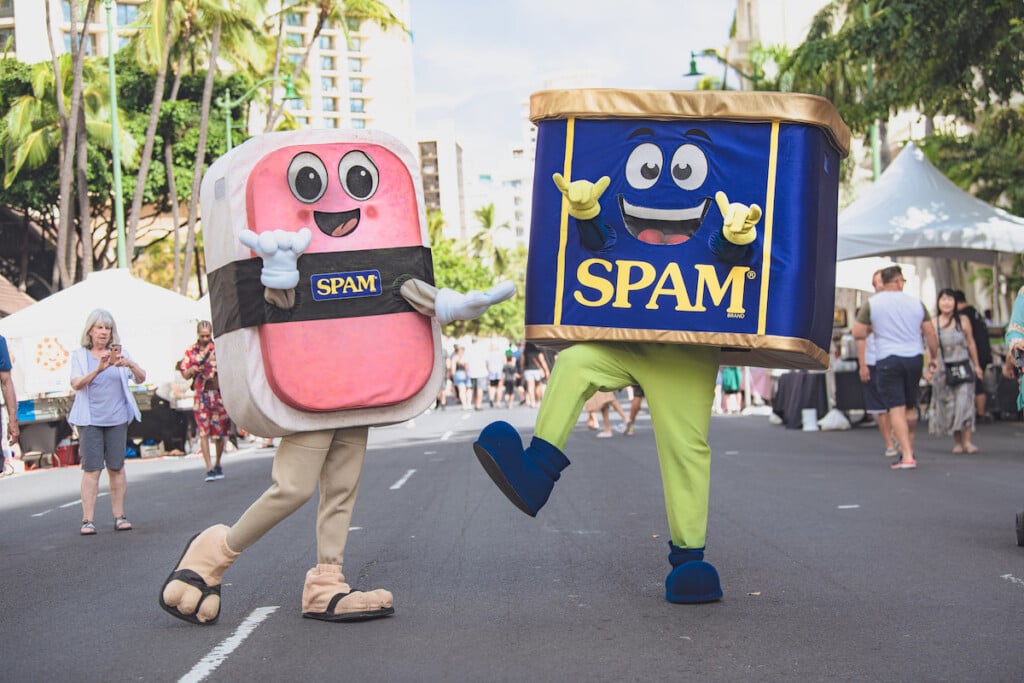Where the past still lives

My grandmother and I recently drove slowly along the old, winding, coastal road now known as the “Four-Mile Sce- nic Drive.” It curves along the ocean between Pepe‘ekeo and Papaikou, just north of Hilo, on the Big Island’s Ha-ma-kua Coast.
In the early 1900s, my grandmother attended Pepe‘ekeo School. As we drove across an aged bridge that stands far above a boulder-studded river, she pointed to its narrow, concrete railing. “I used to walk across that when I walked to school,” she told me. “Can you imagine?”
I can imagine. The bridge and almost everything else about the “Scenic Drive”—now marked with brown “Heri- tage Corridor” signs—still looks like Old Hawai‘i. It’s dotted with weathered homes built decades ago for the families of sugar plantation workers. It’s too narrow to drive fast; it’s a peaceful part of another era. It winds through lush jungle, with waterfalls trickling down fern-covered roadsides and trees hanging over the road, creating shady tunnels.
My family and I still live in the old family home here. My relatives began living here when the curvy “Scenic Drive” was still the main road. The lifestyle hasn’t changed much in the meantime—although we no longer ride into town for provisions once a month on the train, as my great- grandmother did.
The railway on which my great-grandmother rode was damaged in the 1946 tsunami. The new Highway 19 was built to replace it. Highway 19 is modern and straight— much faster than the scenic old road. Still, if you don’t slow down,youcouldmisstheHa-ma-kuaCoast’shistoricand cultural treasures.
Lovely ‘Akaka Falls cascades timelessly down the moun- tainside above Honomu-. The Laupahoehoe Train Muse- um, situated in the stationmaster’s old, plantation-style home, illustrates life in Ha-ma-kua during the last century.
At Honoka‘a, the northern end of the Ha-ma-kua Coast, there is Tex Drive-In, a landmark known for its malassa- das (not-to-be-missed Portuguese doughnuts).
There I have waited in the drive-through lane behind riders on horseback, their mounts draped for a nearby rodeo with beautiful, oversize flower lei.
From where I live in Ha-ma-kua, it’s an easy drive to Hilo town for necessities. It’s even easier to stay home where, far from the erupting volcano, our breezes are fresh, the sunshine easy and the birds in the forests full of loud birdsong. There are mango trees for kids to climb, and taro, avocados and bananas to gather for the table.
When we look in one direction we see the ocean and, in the other, steady Mauna Kea. Instead of mini-malls and 7-Elev- ens, we have breadfruit, guavas and streams with waterfalls, where we catch prawns like my grandparents and great- grandparents did.
It’s not hard at all for me to imagine the slower, easier life- style my family used to enjoy here in Ha-ma-kua. It still exists. It’s right here.


